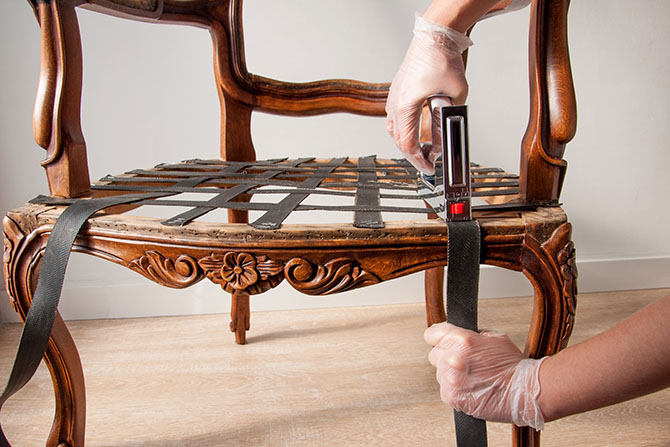Restored furniture is beautiful to look at and is an excellent way to save money. It’s also a great way to give your home a cozy, lived-in feel. Restoring a piece of antique furniture takes time and skill, but once it’s done you can enjoy years of use without worrying about damaging valuable items. However, maintaining your restored furniture will keep it looking beautiful and prevent problems like cracks or warping that may arise over time. Here are some tips on how to care for your restored pieces:
Clean your furniture regularly
Dusting is the most important thing you can do for your furniture. Use a clean, soft cloth to wipe down any surface that may have gotten dusty or dirty. Properly dusting your restored furniture helps keep it looking its best and prevents dust from accumulating in hidden places that could cause damage over time. If any stains or marks exist on your restored furniture, use an upholstery cleaner specifically made for restoring furniture.
Use a high-quality furniture polish on wood surfaces every few months
Use this product sparingly as too much can cause damage to wood surfaces over time. Follow the directions on the label of your chosen polish carefully to ensure proper application every time you polish your restored pieces of furniture!
Use glass cleaner on glass surfaces when necessary
Glass cleaners are usually used for cleaning windows and mirrors but can also be used for cleaning glass surfaces on restored pieces of furniture such as glass vases or lamps if they need some extra attention! Make sure not to spray glass cleaners directly onto surfaces because they may leave streaks.
Use the right tools
Make sure you have the right tools for the job. You may need a set of small screwdrivers or a knife. A fine-grit sandpaper can remove scratches and help blend colors together. Use a non-alcoholic solvent such as denatured or isopropyl alcohol to clean up your work area and tools. You can also use mineral spirits for cleaning.
Apply finish
You can apply finish with a brush or rag, but an easy way is with a spray gun. This product should be applied in thin coats so that the wood grain remains visible through the finish. After each coat, allow it to dry completely before adding another one of clear polyurethane varnish or lacquer until you achieve the desired depth of color and sheen that you want in this surface layer.
Store your restored furniture piece in a climate-controlled room
Store your restored furniture piece in a climate-controlled room away from direct sunlight and extreme temperatures (hot or cold). A good rule of thumb: If you have an air conditioner or heater running inside your home, turn it off when leaving your house — even if only for a few hours — so that your restored piece doesn’t get too cold or hot while unattended.
Use furniture covers
Protect your restored pieces by using furniture covers when they are not in use. Choose high-quality furniture covers that are designed specifically for your furniture piece. They should be thick enough to protect the surface and prevent scratches, but thin enough so that you can still see the beauty of the wood underneath.
Restored furniture will last longer if you maintain it properly
One of the best ways to protect your restored furniture is by maintaining it properly. You should test your finish with a soft cloth and make sure it’s not sticky or shiny before applying polish. If the surface is too dry, you can apply a little olive oil or mineral oil to restore shine; never use wax on furniture that has been restored (unless it’s recommended by a professional).
Restored pieces should always be kept clean, so avoid water stains and spills by using coasters or placemats under drinks when serving guests at parties. Protect hardwood floors from scratches by placing area rugs in front of chairs when people are seated on them–this will also help keep dust off the flooring underneath!
However, if none of these tips help and you cannot restore your furniture to its original appearance, proven antique furniture restoration Sydney will help you completely restore your furniture.
Protect your restored furniture from dust by sealing it and keeping it clean
- Protect your restored furniture from dust by sealing it and keeping it clean.
- Use a soft cloth to clean the furniture. Don’t use harsh chemicals, or anything that could damage the finish of your restored piece!
- Avoid using a vacuum cleaner on restored pieces (it will likely cause scratches), as well as steam cleaners, water and other liquids that could leave stains behind if they spill onto your newly refinished piece of artistry in woodworking history!
Restored furniture is a great investment. It can add value to your home, and it’s also something that will last for years if you take care of it properly. By following these tips, you can ensure that your restored furniture looks its best for years to come!
